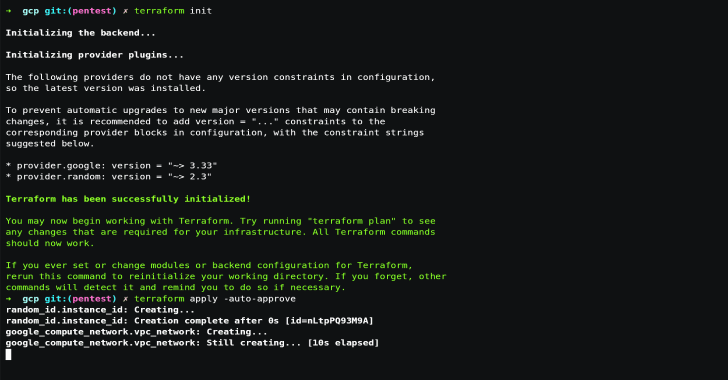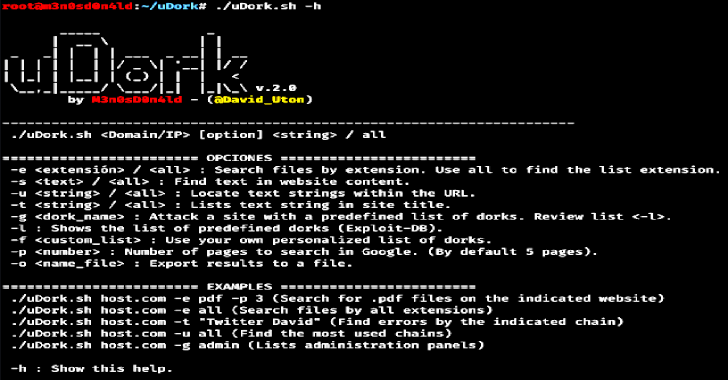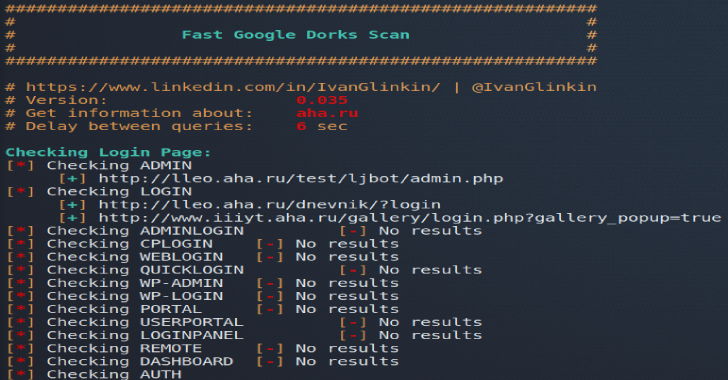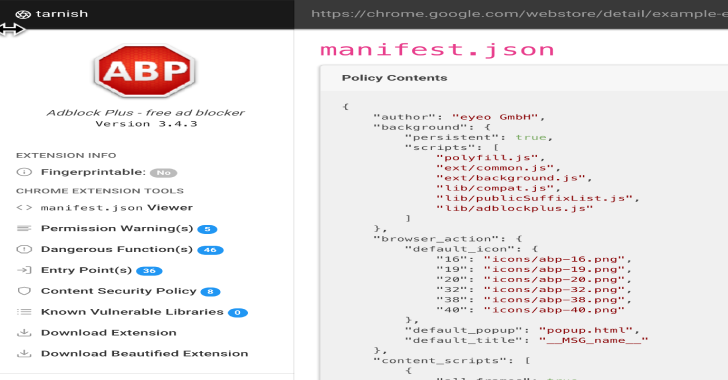GHunt is an OSINT tool to extract information from any Google Account using an email. It can currently extract: Owner’s name Last time the profile was edited Google ID If the account is a Hangouts Bot Activated Google services (YouTube, Photos, Maps, News360, Hangouts, etc.) Possible YouTube channel Possible other usernames Public photos (P) Phones …
Continue reading “GHunt : Tool To Extract Information From Google Account”








